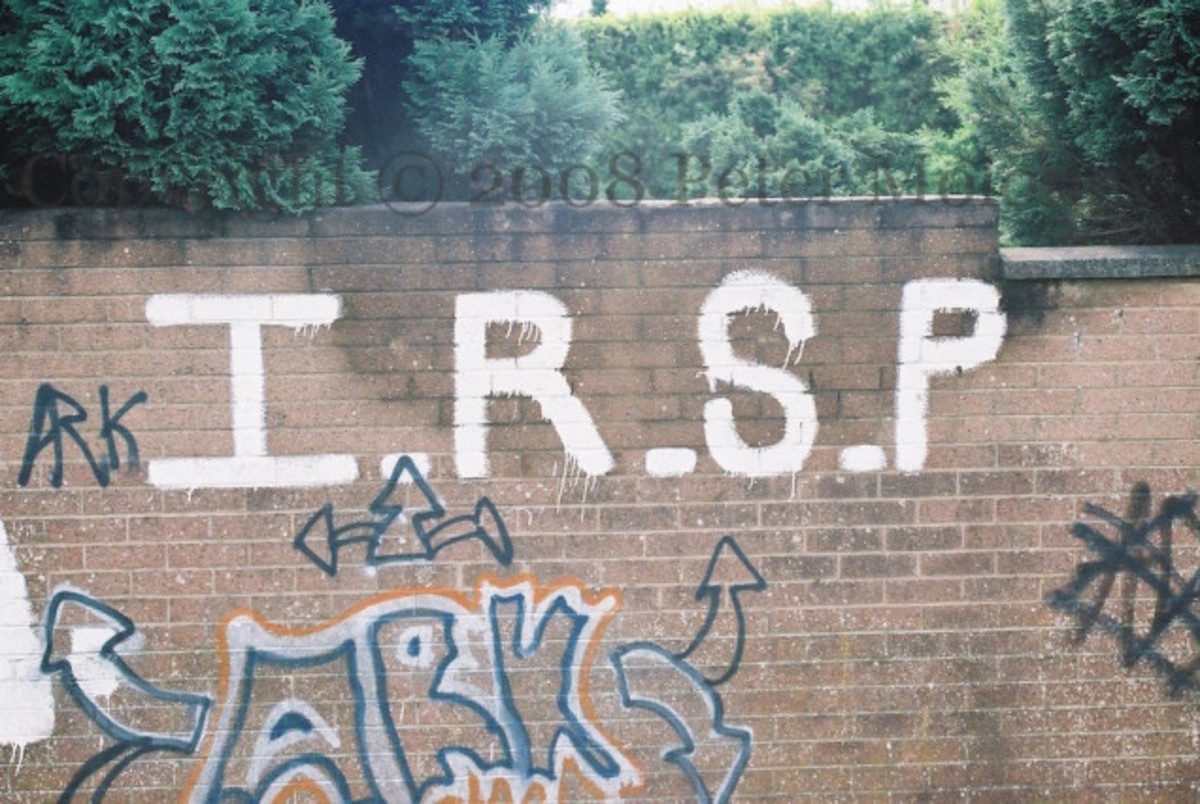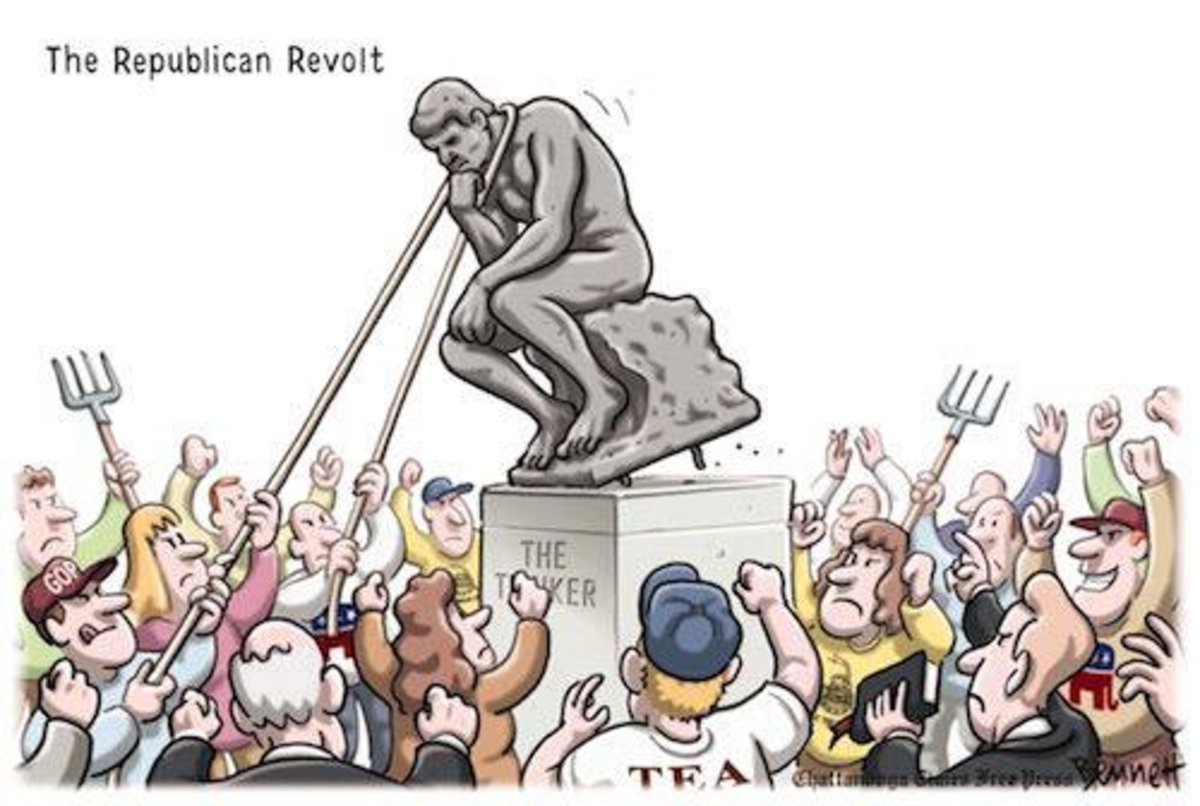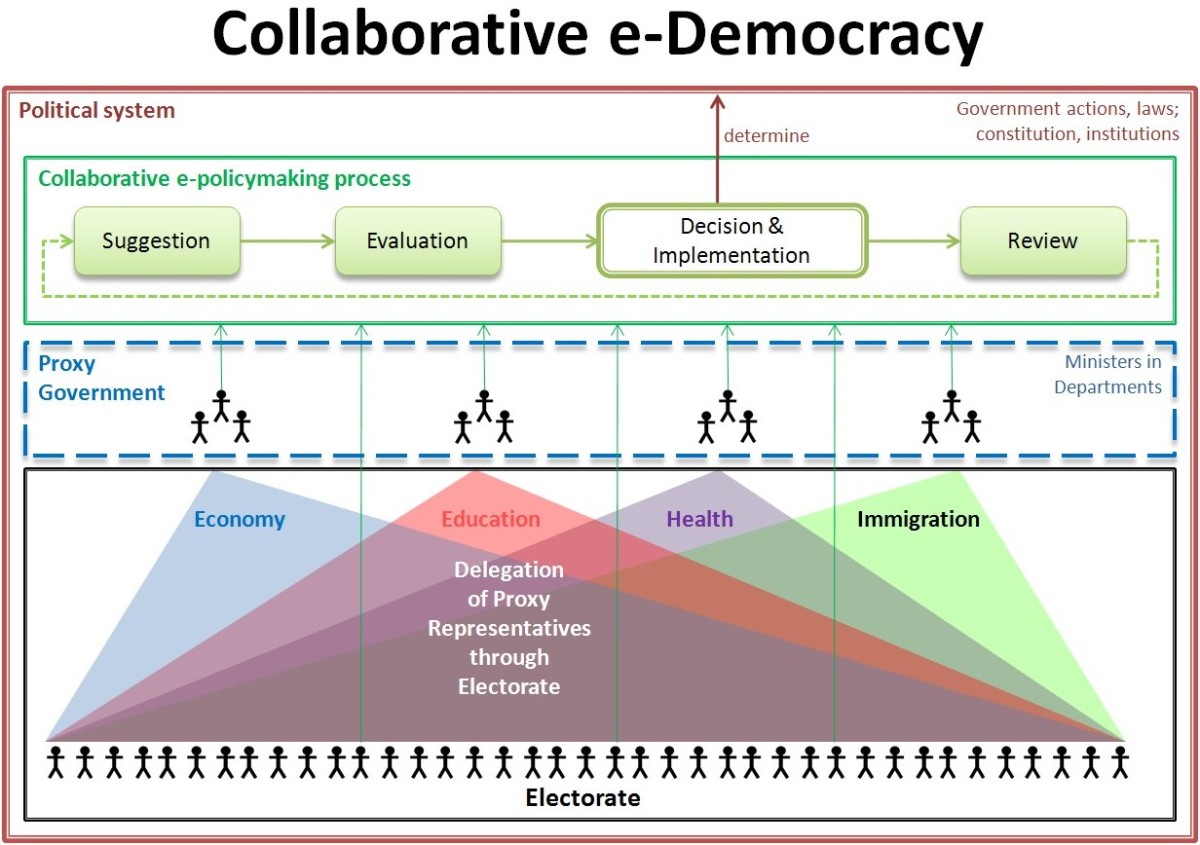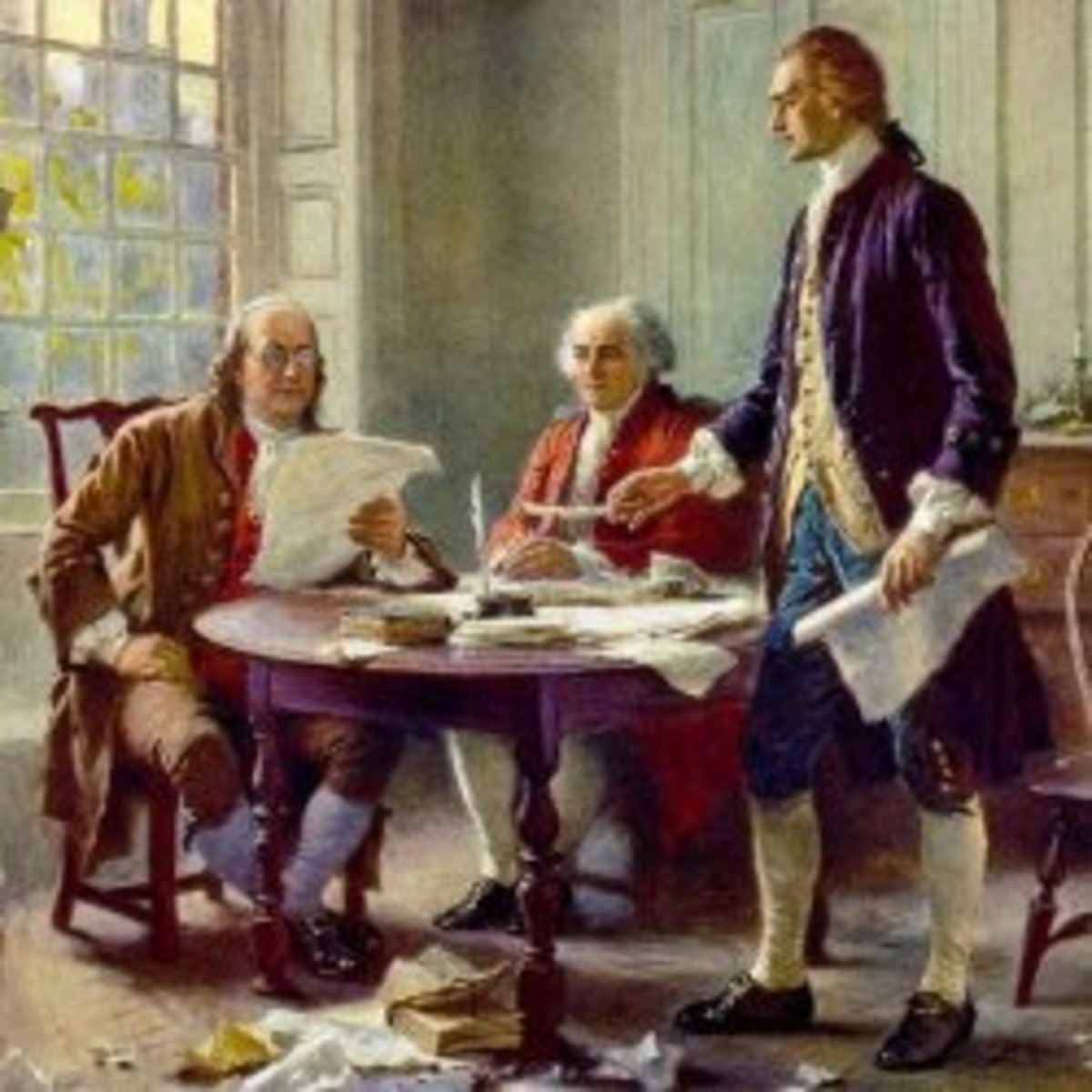Irish Mob, american gangs and Mafia in Brief
One among the earliest organized crime groups in the United States, the Irish Mob has been in existence since the early 19th century. The origin of this group may be traced to Irish American street gangs that were immortalized by author Herbert Asbury’s 1926 book The Gangs of New York . The Irish Mob has appeared in most major American cities, including Boston, New York City, New Orleans, Cleveland, Philadelphia, Providence, Kansas City, St. Louis, Atlantic City, the Twin Cities of Minneapolis and St. Paul, and Chicago. In Canada, the West End Gang of Montreal is a force in the city’s underworld. Internationally, history of Irish gang activities could be traced in Irish, English and Scottish cities including London, Liverpool, Manchester, Dublin, Edinburgh, and Glasgow.
Irish Gang Leaders



Origin of Irish Mob
When Irish immigrants arrived in American cities, they were neither quite welcomed nor did the cities have an infrastructure to take care of them. They fell back on tribal cohesiveness that had governed their rural communities in Ireland. That’s how they addressed their problem which partly took care of their survival needs. While the Irish new comers did not have status, they compensated the lack of it through the numbers that worked to their advantage. This allowed them to focus their power on a political level, almost exclusively through Democratic Party. The resulting political organizations were America’s first political machines – organizations that used tight community organization to take power over local government and then used government patronage to maintain their power.
The Tammany machine in New York was the prototype of this style of politics. Bosses Tweed and Croker oversaw tightly controlled organizations that offered favors – food, clothing, social services – in exchange for votes. Once in power, they exchanged jobs for kick backs. The patronage jobs were largely in law enforcement and construction, which contributed to Irish dominance in building trades. It was during this period that the stereotype of Irish police officer became popular. The machine organizations were undeniably corrupt, but they did provide the services to the immigrant communities that they would not have had otherwise. “The original Tammany Hall was the headquarters for a Manhattan patriotic organization named after an Indian chief. Around the time of Andrew Jackson, the organization became associated with Democratic Party and Irish immigrants. Today the word Tammany is a byword for a corrupt political machine”.
While some immigrants responded to their tough conditions by becoming cops, others chose an alternative path. The Irish mob sought to make money from the chaos of the United States’ fast growing cities. The Irish relied on old tradition of family and community loyalty as well as a tradition of rural terrorism. Irish mobsters organized gambling, prostitution and protection rackets in urban immigrant communities.
The Irish mob families never achieved great success but they did manage to survive well into the twentieth century. The Irish mob operated alongside the Mafia in several cities, notably Boston and Chicago. Many of them were active rumrunners during Prohibition.
The progressive gentrification of the Irish immigrant community, however, tended to undercut the appeal of crime. As more and more Irish families moved into the middle class, the gangsters lost the support network and opportunities offered by an insular immigrant community. Once second and third generation Irish-Americans found that they could go to college and become professionals, the power of the mob began to die out (Blackwell and Ryan 2004:168)
Gustin Gang
The Gustin Gang was one the earliest Irish-American gangs to emerge during Prohibition. It dominated Boston's underworld during the 1920s. Steve Wallace, along with his brothers Frank and Jimmy Wallace formed the gang during the mid 1910s, and came to prominence in Southie as the "Tailboard Thieves". Their major activity was looting and hijacking delivery trucks. Frank Gustin was the leader of the gang, while his key enforcers were ex-boxer Steve Wallace and the others, executing the actual hijacking and armed robbery for several years. The gang enjoyed enormous political clout. While Frank Wallace and his brothers would frequently be arrested during 1920s on charges including larceny, trespassing, gaming, assault and battery, breaking and entering, and various other charges, they were never convicted due to their influence with neighborhood residents and politicians. Originally into bootlegging, they couldn’t sustain it for long, eventually they turned to hijacking. Their modus operandi was to use false badges of Prohibition agents to easily confiscate beer shipments from rival bootleggers that they themselves sold off. In 1931, Wallace, and several others were killed in an ambush with the rival gang of the Italians of the North End, after several beer shipment trucks had been hijacked by members of the Gustins. Although the gang retained its power within the city, infighting between the various factions of Irish gangs would eventually see the Italians establish themselves as a dominant criminal organization finally gaining control of the rackets during the late 1960s following the Irish Mob Wars where upon Buddy McLean and his Winter Hill Gang would reestablish themselves in Boston's underworld over the next thirty years.
Winter Hill Gang
James J. “Whitey” Bulger and Stephen “The Rifleman” Flemmi were the reputed heads of the Winter Hill gang. The Winter Hill gang was named after the working-class Somerville, Massachusetts neighborhood where the gang was headquartered was predominantly Irish-American organized crime group.
Howie Winter who succeeded James “Buddy” McLean emerged from the gang wars of 1960s to head the Winter Hill gang. McLean was killed in a feud with a gang led by McLaughlin brothers. Winter brought stability to the gang. During the 1970s, he became the most powerful gangster in Massachusetts, next only to Gennaro (Jerry) Angiuolo. In 1979, Winter’s leadership of the Winter Hill gang ended when was convicted of a scheme to fix horse races. Bulger and his second in command Flemmi replaced Winter. U.S attorney had considered indicting Flemmi and Bulger for the race fixing case but decided not to at the request of FBI.
Whitey, the legendary gangster is remembered to this day by his childhood neighbors, the Southie residents, who speak of Whitey with misty-eyed nostalgia. They portray him as their own Irish-American Robin Hood, and recall how he would buy groceries for widows and distribute free turkeys to the poor at Thanksgiving. There are legendary anecdotes about his magnanimity towards children. He once cajoled young John Connolly to accept his offer of ice-cream. Later, John Connolly, grew up to become an FBI Special Agent and Whitey Bulger's handler in the Top Echelon Program, would later recall this incident with pride. As an FBI agent, Connolly told a lot of stories about Bulger, most notably his embellished accounts of Whitey's supposedly invaluable help in providing inside information about the Mafia.
While in his early twenties, Bulger graduated from small time street tough and burglar to hardened criminal involved in bank robberies and truck hijackings. In 1956, he was arrested at a nightclub in Revere, Massachusetts, on charges of a series of bank robberies in Massachusetts, Rhode Island, and Indiana. He was convicted in federal court and sent to the federal penitentiary at Lewisburg, Pennsylvania. He was transferred to Alcatraz, the infamous maximum-security facility on an island in San Francisco Bay, when guards suspected him of planning a breakout (http://www.trutv.com).
When back to Boston, he joined the Winter Hill Gang, led by gangster Howie Winter. His old friend Stephen Flemmi was also a member of the gang. Flemmi preferred Hill's Irish gang over the Italian-American Mafia which had actively courted him for induction into their ranks. Bulger and Flemmi were an effective team, working as enforcers for Howie Winter. When law caught up with Winter Hill gang and indictments were handed down in 1979, neither Bulger nor Flemmi were charged because both men had been working secretly as informants for the Boston office of the FBI for years.
The Westies
A discussion on the Westies brings out the most ferocious aspects of inter- gang war and rivalry. The two Irish gang-lords who dominated the crime scenario include Jimmy Coonan and Mickey Featherstone. The gang rose out of the inferno of Hell’s Kitchen, a decaying New York City’s West Side. They became the most notorious gang in the history of organized crime, excelling in extortion, numbers running, loan sharking, and drug peddling. Among the horrendous depravities, they specialized in was execution by dismemberment. Though never numbering more than a dozen members, the ruled their crime fiefdom for almost twenty years, “until their own violent natures got the best of them, precipitating a downfall that would become as infamous as their notorious ascension into the annals of crime”.
Jimmy Coonan (1977-1986) led the most violent Irish gang after being released from jail in 1970. He started building up his own Irish gang and soon outgrew the old Irish mob led by Spillane. Coonan's gang consisted of such killers as Richie Ryan, Francis “Mickey” Featherstone (Jimmy's right hand man), Jimmy McElroy, Billy Beattie, Eddie Coonan, Jackie Coonan, Kevin Kelley, and Kenny Shannon. Unlike the Spillane gang, which had a no-drug law, the Westies under Coonan were mostly cocaine addicts and alcoholics. In 1978, Paul Castellano, boss of the Gambino's and Coonan made an alliance with each other. Jimmy ordered the killing of mob associate and one of the most successful loansharks in New York City, Ruby Stein. It was this murder where Coonan used the method of chopping up his victims and keeping the hands for fingerprints. Coonan also tried many times to kill Salerno, the old enemy. Coonan, Featherstone, Ryan and McElroy went out looking for Salerno a number of times, but could never spot him. Coonan also successfully linked up with an Irish gang in Boston run by his friend, Pete Wilson. Together they robbed a pharmaceutical warehouse. But that was the last they were together because of the events happening in HK. There were some 30 unsolved cases of homicides between 1970 and 1986. In 1979 Featherstone and Coonan were indicted for the murder of Whitney Whitehead but escaped the noose as found not guilty. In 1980 law caught up with them. Coonan and Featherstone were sentenced to four years for gun possession and counterfeiting. During the 80s the Westies’ fortune grew. Narcotics became the most profitable racket, and Sports- betting was another growing racket. Meanwhile pressure was building up on Coonan. So, he decided to call quits, a time to disappear from HK. Coonan’s reign over HK ended with his arrest in 1986.He was convicted in 1988 under RICO and received 75 years. Kevin Kelley took over the reigns thereafter.








